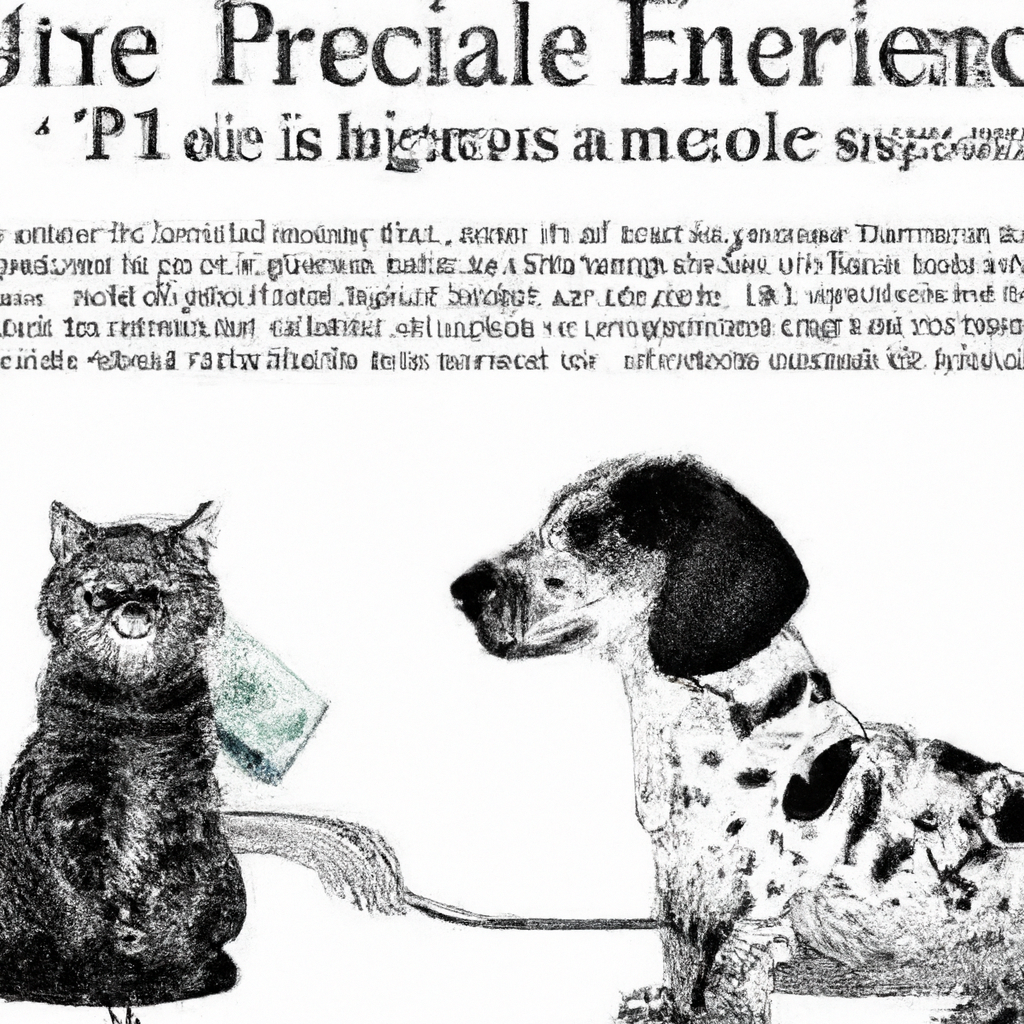# The Growing Trend of Pet Insurance: Evaluating Its Benefits and Costs
As our furry friends become increasingly integral parts of our families, their health and well-being occupy a significant place in our lives. With the rising costs of veterinary care and the growing awareness of pet owners toward preventive health measures, pet insurance is garnering considerable attention. Over the past decade, we’ve witnessed a surprising rise in the rates of pet insurance adoption, but what does it mean for pet owners? Let’s delve into the nuances of pet insurance, evaluating its benefits, costs, and important considerations for owners looking to safeguard against unexpected veterinary expenses.
## Understanding Pet Insurance
Pet insurance operates similarly to human health insurance, offering coverage for various medical expenses related to your pet’s health. While it’s not a novel concept—the first pet insurance policy was issued in the U.S. in 1982—it has gained traction only in recent years. Currently, a significant portion of pet owners view it as a practical investment to mitigate unforeseen veterinary costs.
### Types of Pet Insurance Policies
1. **Accident-Only Policies**: Cover injury-related expenses due to accidents like poisoning, fractures, etc.
2. **Accident and Illness Policies**: Cover a broader range of health issues, from accidents to diseases and some chronic conditions.
3. **Comprehensive Policies**: These often include wellness coverage for routine check-ups, vaccinations, and sometimes dental care.
## The Benefits of Pet Insurance
### Financial Security
One of the most significant advantages of pet insurance is financial security. Veterinary treatments can be highly unpredictable and expensive, especially if they involve surgeries or long-term medication. Insurance can drastically reduce the financial burden, allowing you to focus on your pet’s recovery rather than the mounting bills.
### Peace of Mind
Knowing that you’re prepared for any eventuality gives peace of mind. Pets can encounter sudden health issues, and having insurance ensures that you’re always prepared to provide the best possible care without compromising due to financial constraints.
### Access to Advanced Treatments
With insurance, pet owners might be more willing to opt for advanced treatments or specialist services that could otherwise be prohibitively expensive, thus improving the quality of care their pets receive.
### Encourages Preventive Care
Policies covering wellness visits can encourage owners to regularly engage in preventive care, thereby minimizing the chances of serious ailments and fostering overall well-being in their pets.
## The Costs of Pet Insurance
While pet insurance has its perks, it’s essential to weigh them against the costs involved. Premiums can vary significantly based on a range of factors, including the pet’s species, breed, age, and location.
### Premiums and Deductibles
– **Premiums**: These are regular payments made to maintain the insurance policy. Premiums tend to be higher for older pets or breeds prone to hereditary conditions.
– **Deductibles**: This is the amount a pet owner must pay out-of-pocket before the insurance coverage kicks in. Policies with lower deductibles often come with higher premiums.
### Exclusions and Limits
Not all policies cover pre-existing conditions or specific treatments. Additionally, some policies may apply annual, lifetime, or condition-specific limits on payouts. It’s crucial for pet owners to comprehend these restrictions to avoid unexpected expenses.
### Coinurance and Reimbursements
Most plans include a coinsurance component, where the insurer covers a percentage of the costs, and the owner pays the remainder. It’s common to see plans offering reimbursement at rates of 70%, 80%, or even 90%.
## Key Considerations When Purchasing Pet Insurance
### Assess Your Pet’s Specific Needs
Before purchasing an insurance policy, consider your pet’s unique needs, including breed-specific issues or any existing medical conditions. This can guide you in selecting a plan that provides appropriate coverage.
### Evaluate Your Financial Situation
Understanding your financial circumstances can help you determine how much you can afford in terms of premiums and deductibles. Look for policies that offer a balance of cost and coverage that aligns with your budget.
### Research Different Providers
The insurance landscape is vast with numerous providers offering varied plans. Thorough research, including reading reviews and comparing policy offerings, can ensure you select a reputable company that suits your requirements.
### Read the Fine Print
Insurance policies can be complex, with various stipulations regarding coverage limits, exclusions, and claims processes. Carefully reading and understanding the fine print helps in making an informed decision, minimizing the chances of nasty surprises down the road.
## How Pet Insurance Can Safeguard Against Unexpected Expenses
Despite careful care, pets can suffer from unexpected health issues anytime, from accidents to severe diseases. Pet insurance ensures that you’re financially prepared to tackle such situations without being forced to make hard decisions based on financial constraints.
### Covering Major Medical Expenses
From diagnostic tests to surgeries, the costs can escalate quickly. Insurance provides a safety net, covering a significant portion of these expenses, ensuring your pet receives necessary medical treatments without delay.
### Managing Long-Term Health Conditions
Chronic conditions requiring long-term care and medication can become costly over time. Pet insurance can help manage these expenses, ensuring that continuing treatment remains affordable.
### Preparing for Age-Related Issues
As pets grow older, they become susceptible to a variety of health problems, necessitating more frequent vet visits and specialized care. Insurance provides a way to manage such costs, allowing for a dignified and comfortable life for your pet in their senior years.
## Conclusion
In a world where pets are increasingly considered family, it makes sense to protect them similarly to how we protect ourselves. Pet insurance is emerging as a vital tool for pet owners, offering financial security and peace of mind. While it involves costs and certain complexities, the benefits it provides in terms of safeguarding against unexpected expenses make it a valuable investment for many.
As with any insurance, the key lies in carefully selecting a plan that aligns with your pet’s needs and your financial capability. Doing so can ensure that, irrespective of the uncertainties life throws your way, your furry companion remains healthy, happy, and well-cared for.
